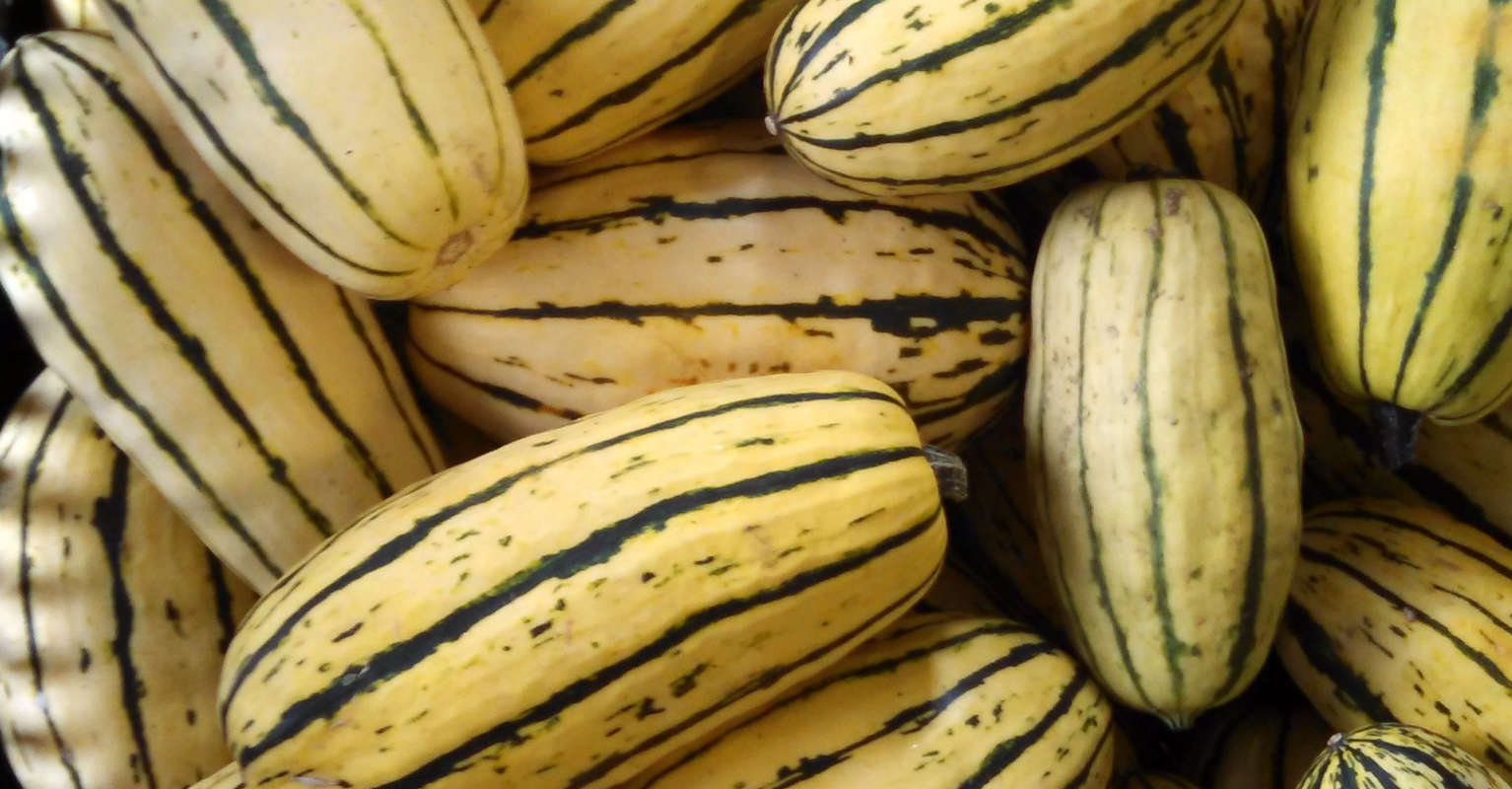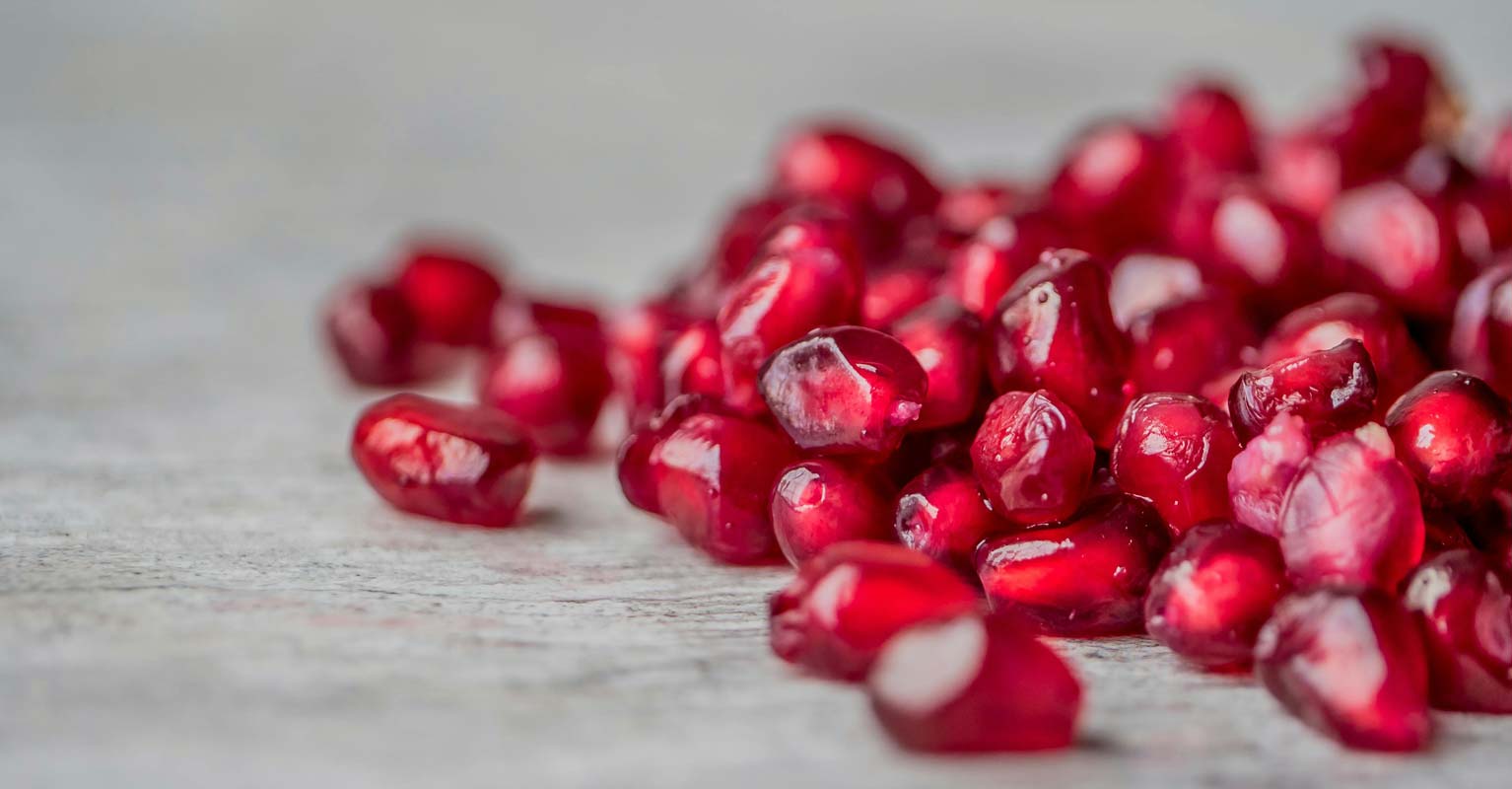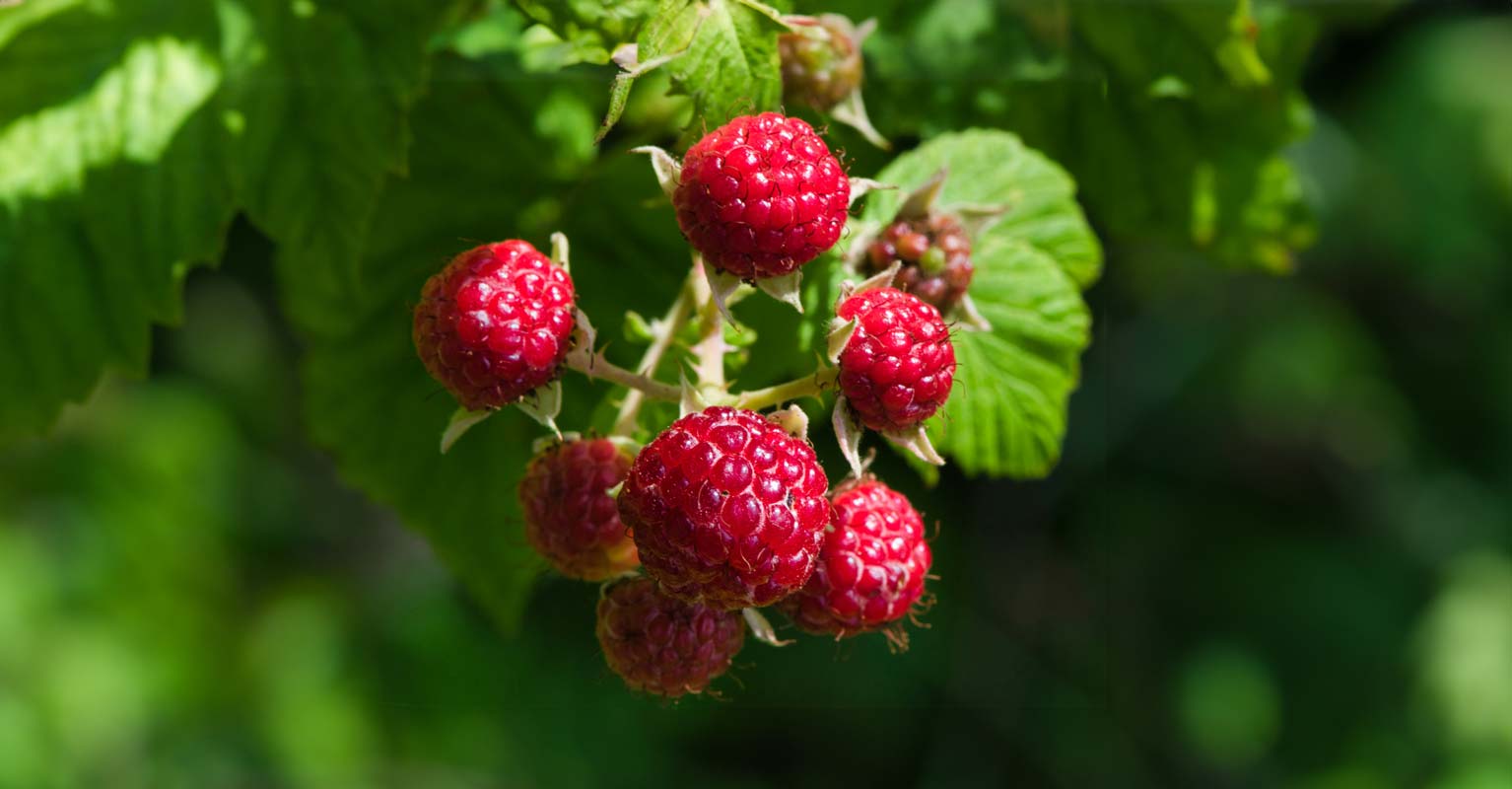Quesadillas with Collards and Beans Recipe
The challenge for chefs who want to use as many local ingredients as possible is winter. Even greenhouses have their limitations when temperatures are in the single digits or lower. For times like these, we’re grateful for storage crops.
WATERMELON RADISH
Unlike summer radishes, the watermelon radish is a keeper. A relative of the daikon and member of the brassica family, it loves cold soil, so farmers can harvest it late into the season, then store it, and bring it to market over several weeks. You might think it’s a turnip or rutabaga until you slice into one and notice the vibrant pink ringed by white and lime green. Get watermelon radishes ready to use by scrubbing them clean or peeling, slicing thinly, and keeping in a water-filled glass jar in the refrigerator. Use on a sandwich, in a salad or slaw, or as the “vegetable” for taco night. Stack slices and cut into matchsticks to top rice bowls or a piece of fish.
CELERY ROOT
Celeriac, as celery root is also known, is a knobby root ball that’s easy to overlook until you know how delicious it tastes. With a knife, cut away the roots and peel to reveal the inside that you can dice for soup or keep in large chunks and boil like potatoes for mashing. You can even enjoy it raw as in the French bistro salad céléri remoulade.
COLLARD GREENS
A recipe for Beans and Greens Quesadillas in Kathryne Taylor’s vegetarian cookbook Love Real Food got me to look at collards in a new way. After cutting the collard leaves into ribbons, she has you cook them quickly in a bit of oil on the stovetop—they char a little and get almost crisp, quite the opposite of what happens when you sauté spinach. I have adapted Taylor’s dish in the recipe on this page.




